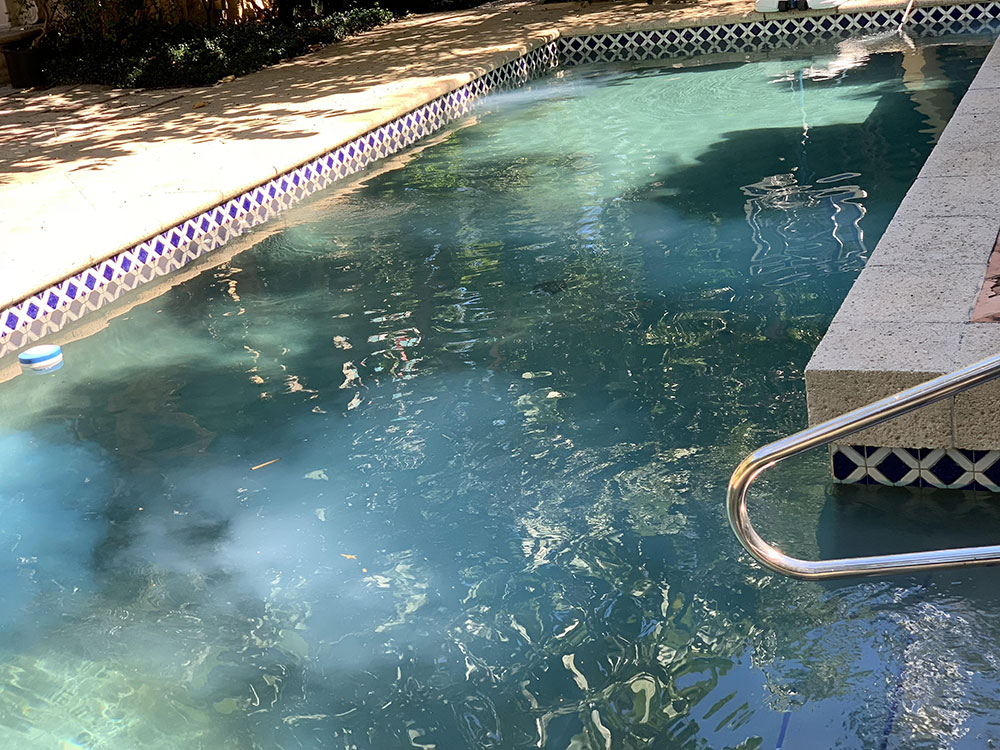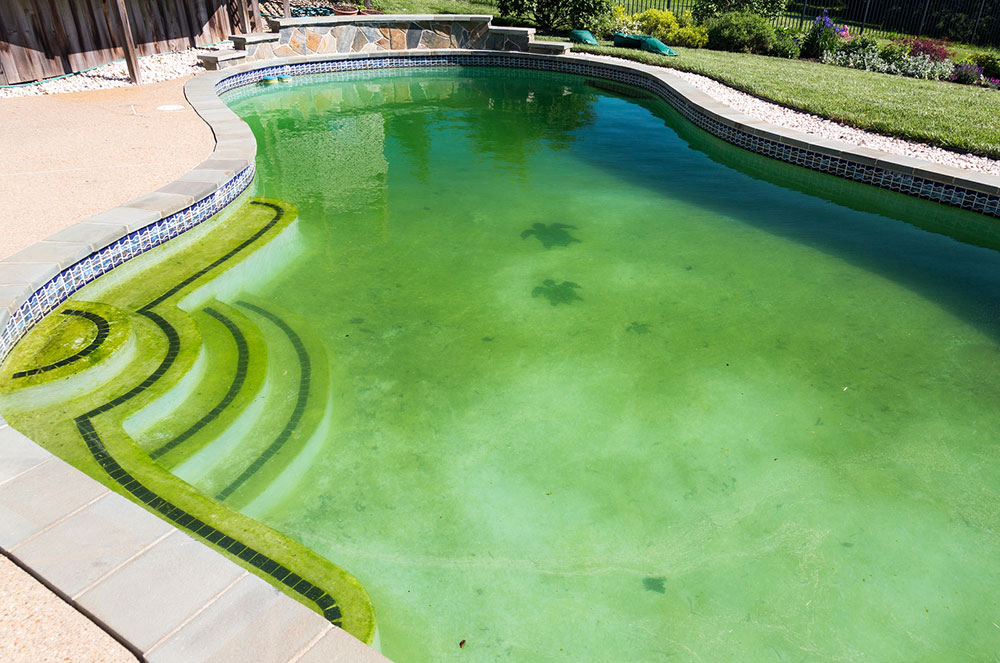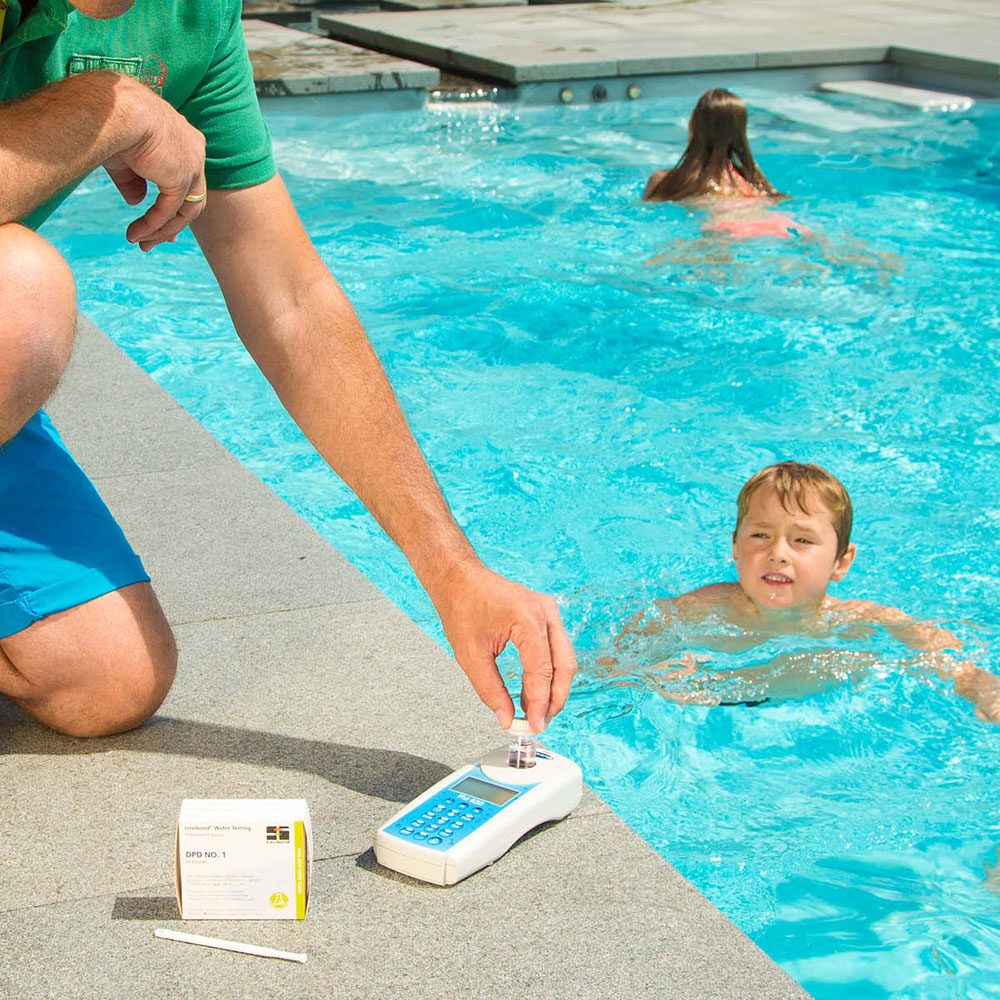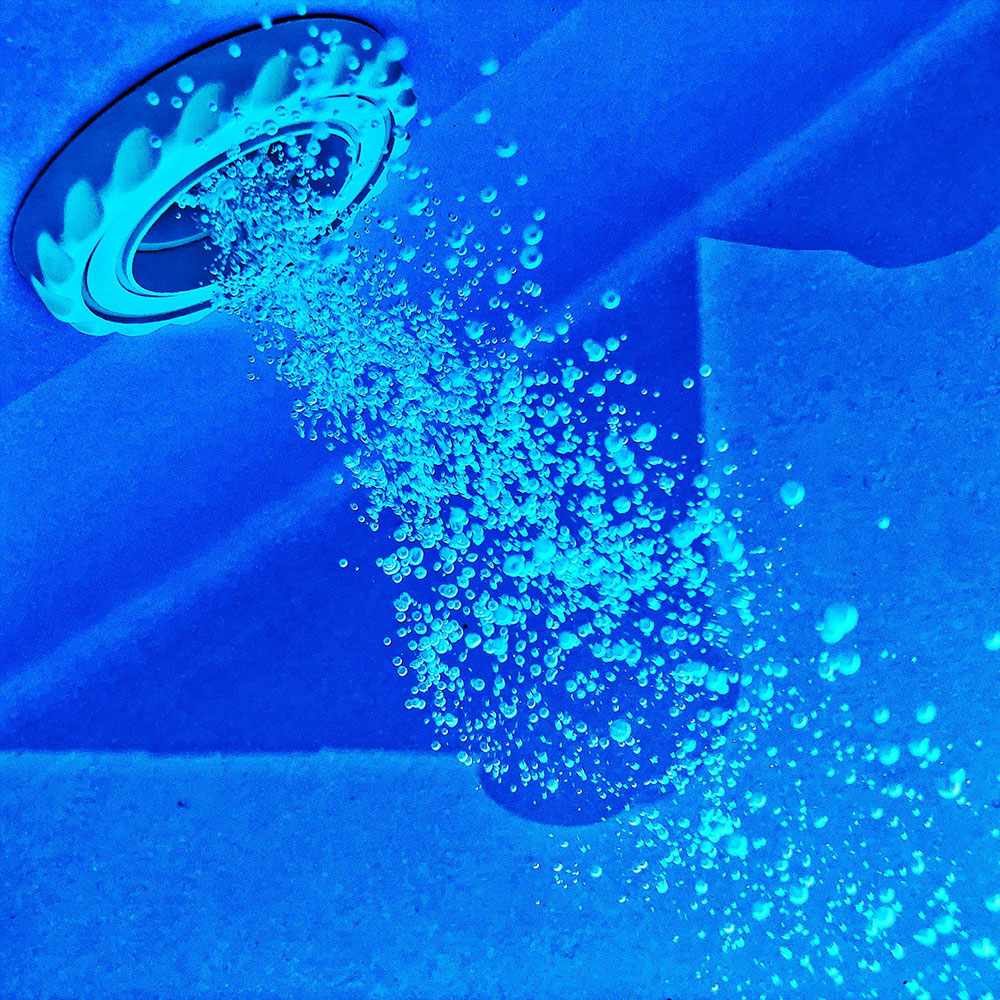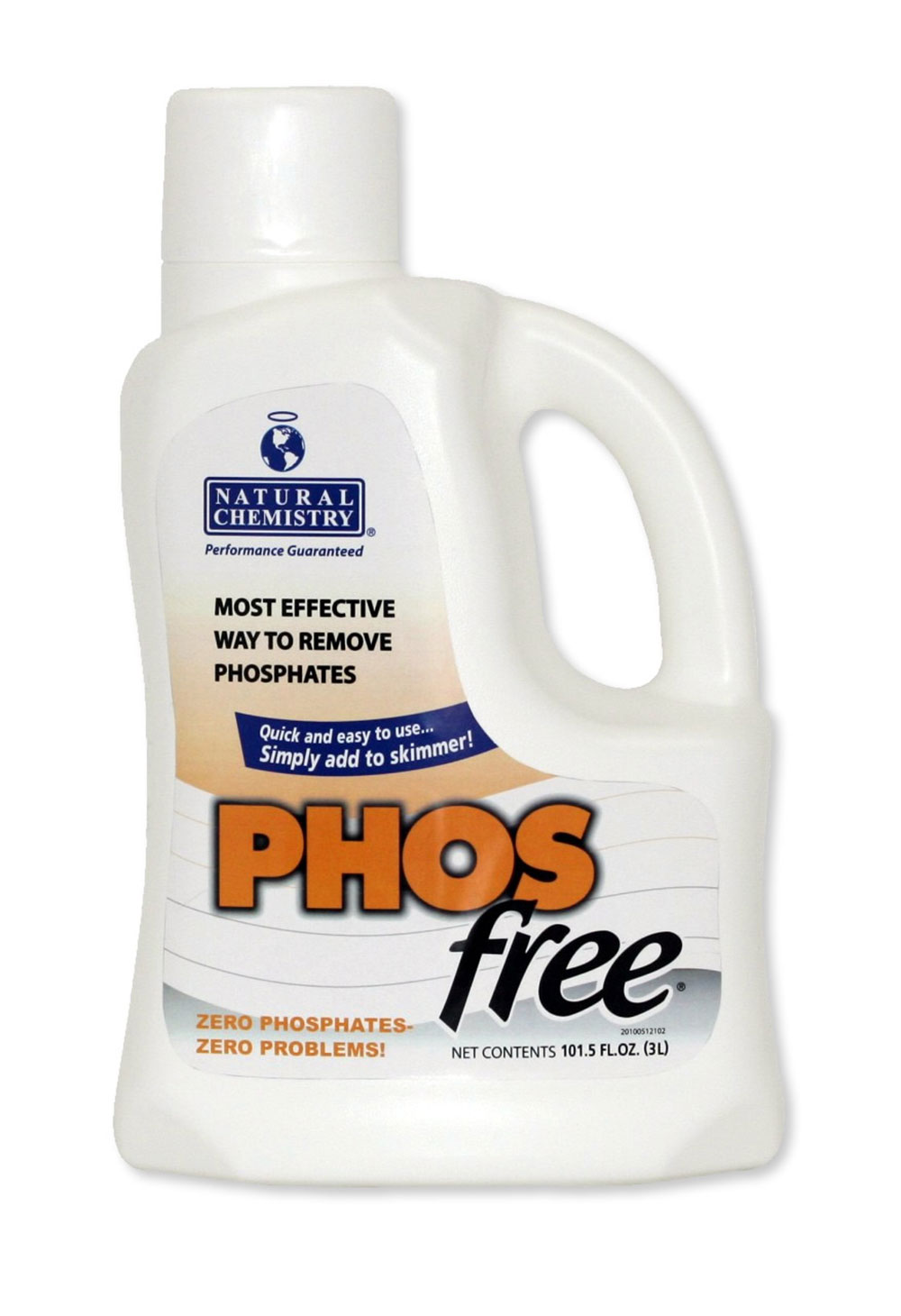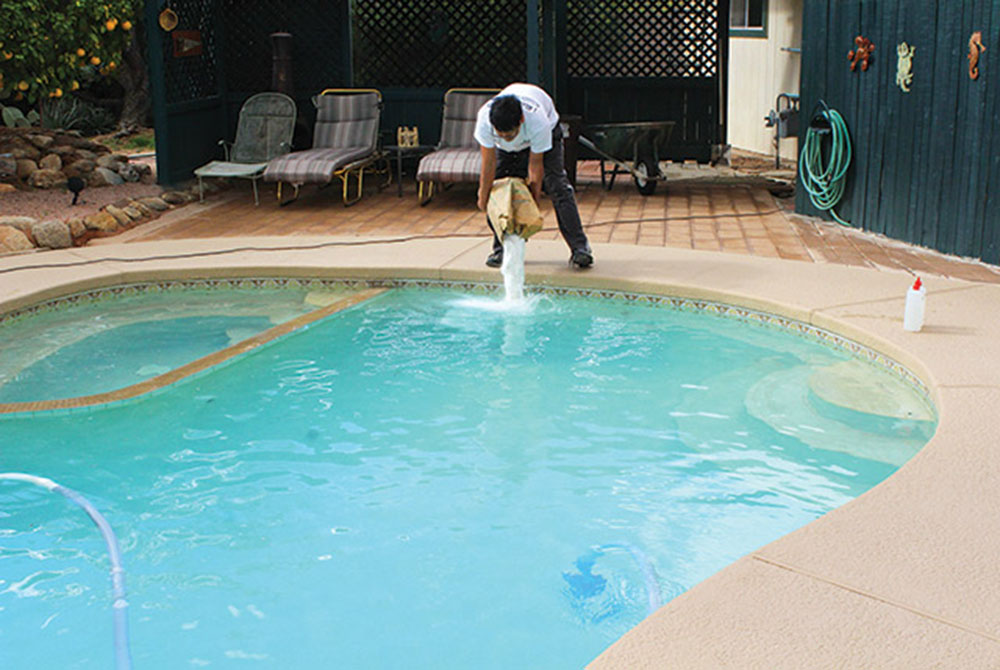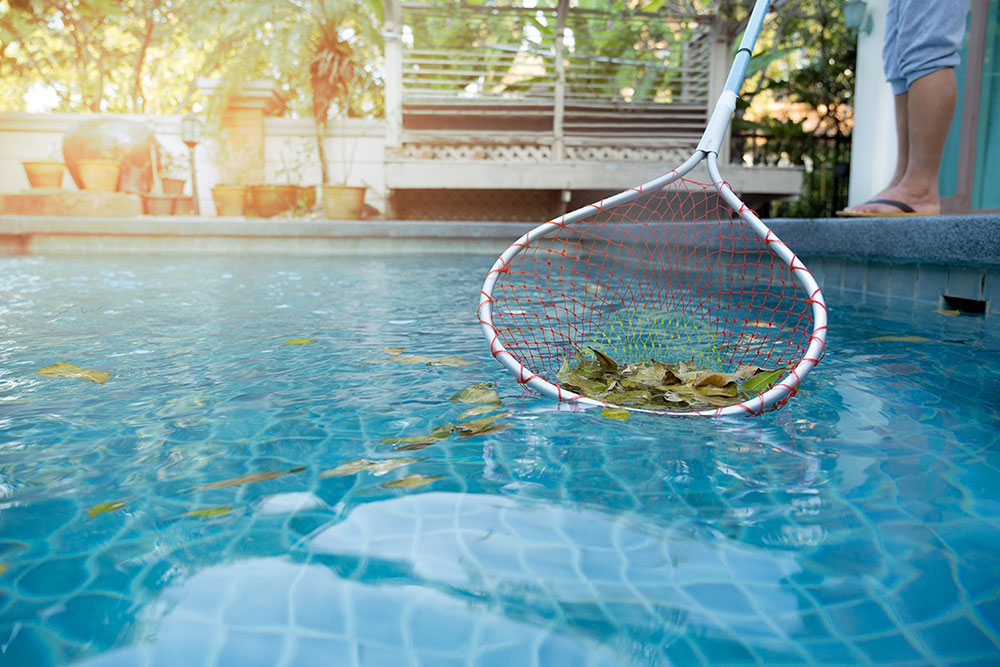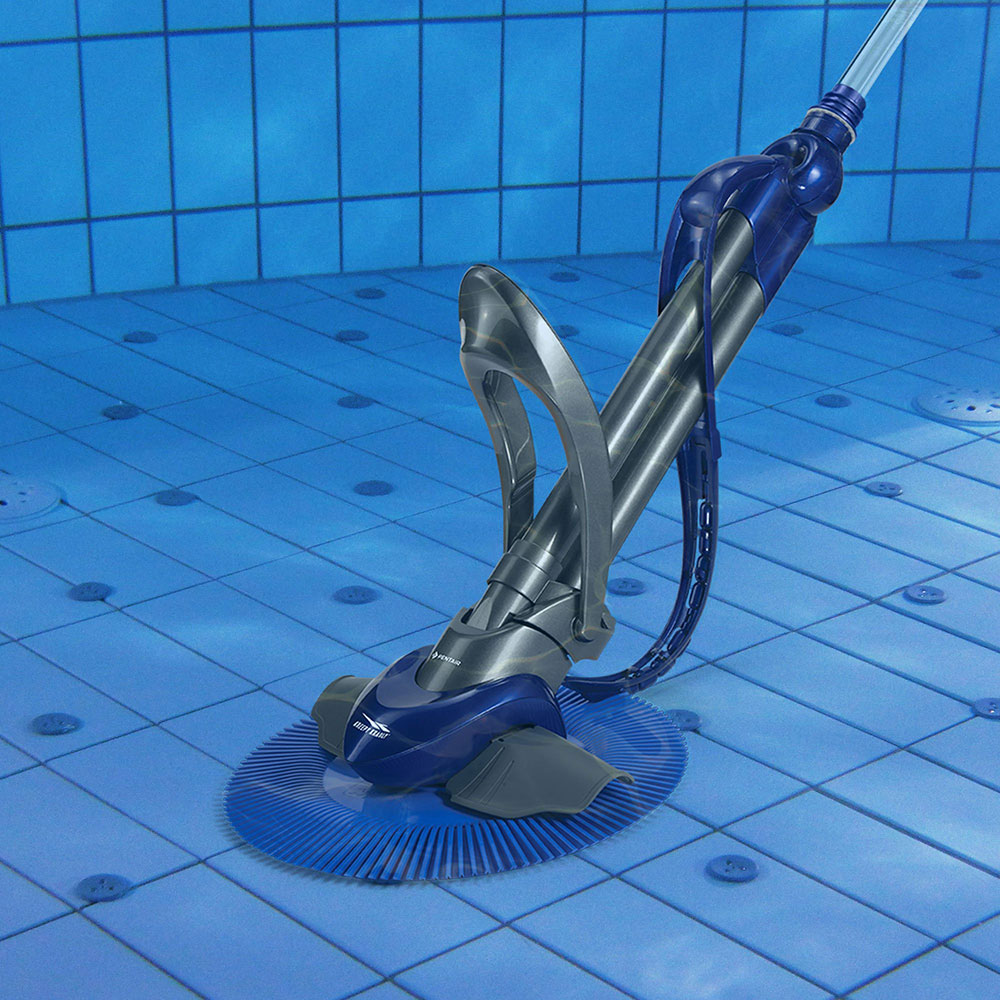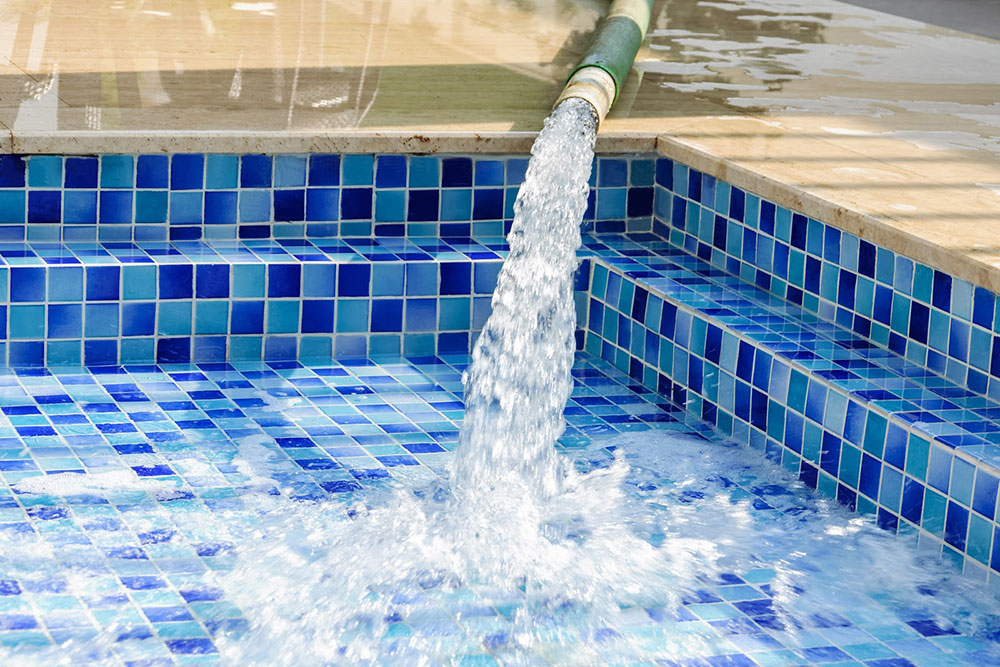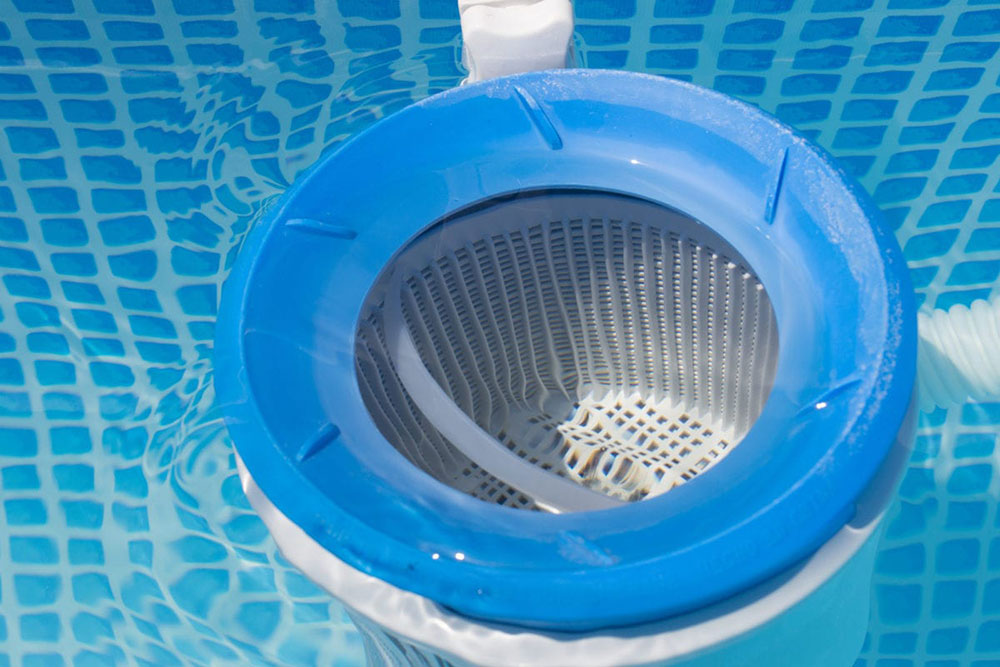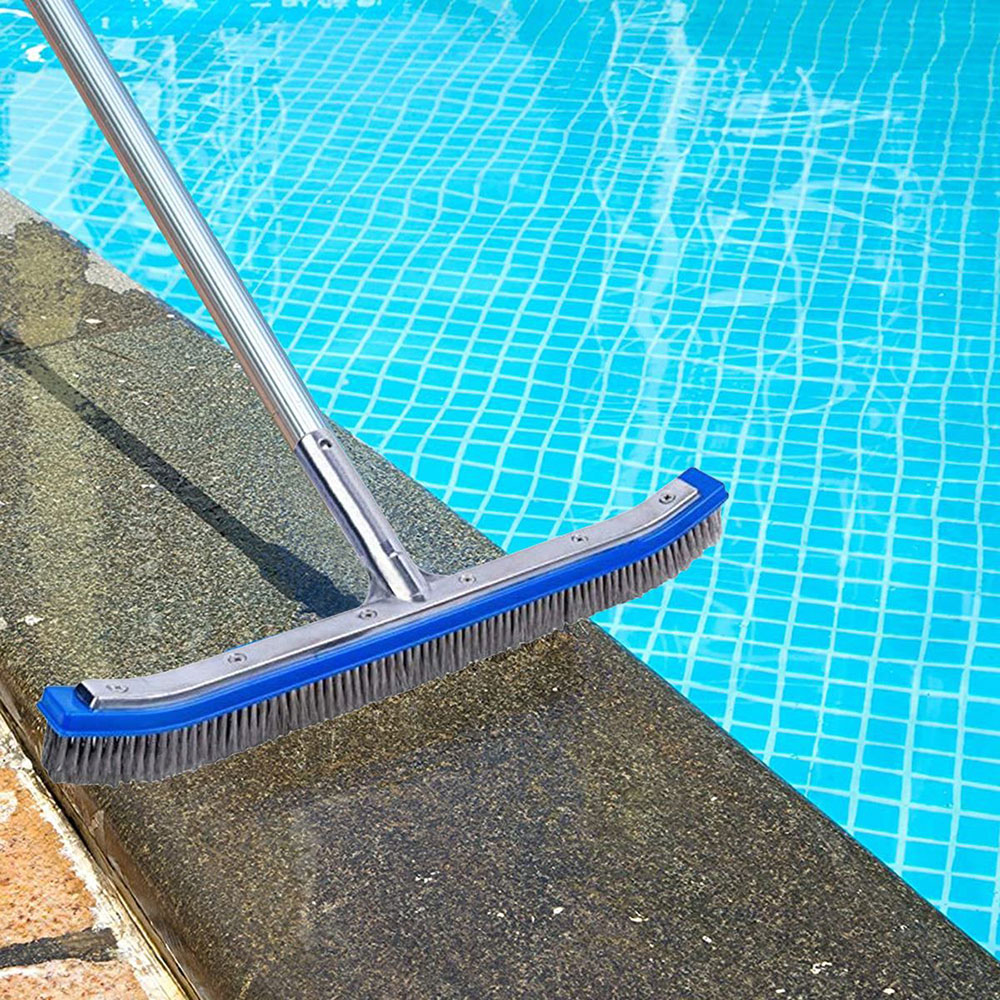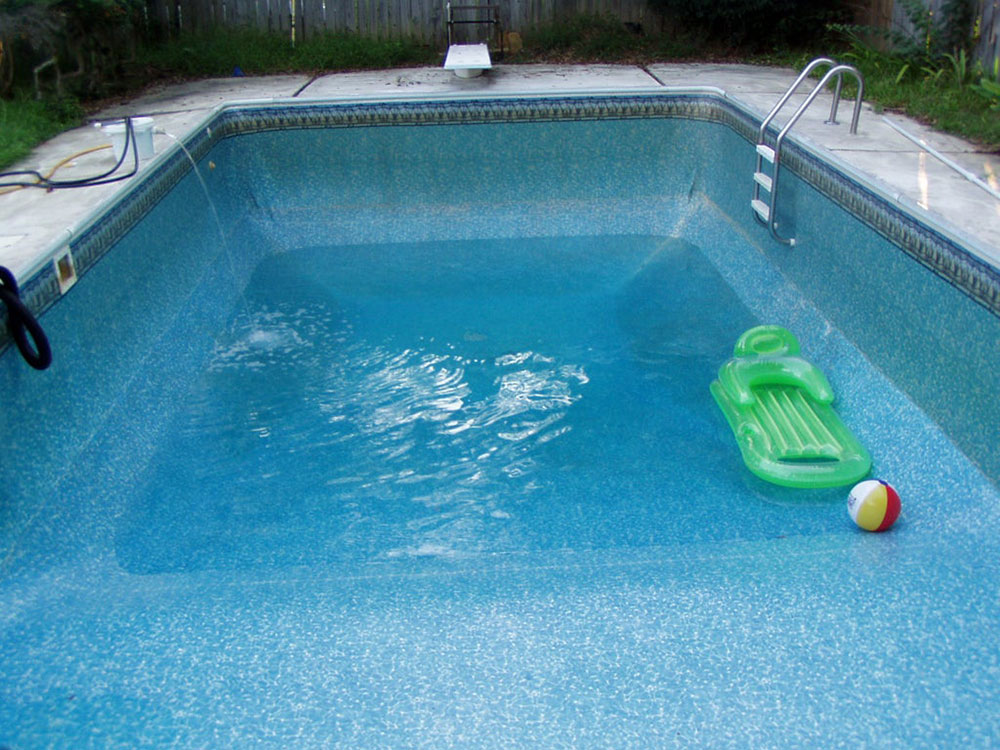Advertisement
Wanna know how to lower phosphates in a swimming pool?
Let’s dive in.
Testing your swimming pool includes tests for cyanuric acid, calcium hardness, and alkalinity. There are various other tests for total dissolved solids, nitrates, iron, salt, and copper. Yet, why should we test for phosphates?
What are Phosphates?
Phosphates in pool water are inorganic materials that encourage algae growth and cloud water. Algae need air, water, sun, and a food source to flourish. In this case, algae need food sources such as phosphate and nitrates. If you keep your pool clean from debris, bacteria and prevent algae growth, you can control phosphate levels.
It will also keep your pool filter and surface clean. Phosphates in your pool are a nutrient source for algae. The more phosphates in the pool water, the yummier the food is for algae. Phosphates usually enter the swimming pool from rain, plant debris, and various garden products.
They also come from dead skin cells, body fats, and human sweat. Swimmers use oils, skin and hair products, soap, detergents, hair treatments, and skin and hair products. However, they are not harmful and toxic, so you prevent them.
Regular maintaining chlorine levels, algaecide, and shocking the pool can be a good maintenance solution r for your swimming pool. Remember, eliminating phosphates with a phosphate remover is not a remedy. It is essential to test phosphates annually, so you do not have to worry about them all the time.
Instead of worrying, you should maintain the proper balance of your swimming pool. Now, let’s take a closer look at some essential steps and tips on how to lower phosphates in your pool:
Measure phosphates level
Pool owners can easily measure the phosphates in pool water by using photometer systems and comparator. Most tools measure low phosphate levels. They are also ideal for checking the performance of phosphate removers and monitoring levels. But, it would help if you take care of the pool water to avoid issues.
Most pool-testing tablets consist of phosphates. In that case, keep the testing equipment for phosphate separate from other tools. It would be best if you have sample vials/tubes for phosphate testing. Please immediately rinse the tubes after you use purified water to stop phosphate increase. Occasionally, wash tubes with a weak acid product to remove any phosphate.
Deal with phosphates
Poll owners often deal with high phosphate levels, so they need to consider using a phosphate remover. If you cannot maintain chlorine levels, then apply the phosphate remover to maintain a high phosphate level and prevent algae growth. The most effective way is to use flocculants that contain lanthanum and eliminate the low phosphate levels of your pool water.
Flocculation treatment that consists of phosphate remover should apply until algae are completely removed. Even if there is zero concentration, organic phosphate can re-enter the water by lysis of algae and bacteria.
Use a Phosphate remover
As we already mentioned, a phosphate remover contains lanthanum. Lanthanum is quite rare metal on the earth metal that can remove phosphates from your pool quickly. You can use a phosphate remover named PHOS free found in online stores and physical pool stores. If phosphate levels are above 900 ppb, the proper dosage is 1.5 L per 10,000 pool water gallons. You may see a milky white color when adding it, but it will disappear after one hour of circulation.
After the circulation is over, you can start swimming because there are no phosphates anymore in the water. Keep your pool at phosphate levels between 100-125 ppm, yet you should start the treatment if the level gets higher than 500. If you want to get rid of phosphates, use a chemical to remove them. Phosphate remover cannot entirely kill algae, but it is an excellent removal system of phosphates. Use a phosphate remover for prevention.
Add calcium
Calcium is an excellent option in pool maintenance because it will raise water calcium levels. The calcium levels should be between 220-400 ppm. Calcium will blind phosphate while reducing algae availability. There are not still enough studies that fully determine the toxicity level of humans and organisms. However, based on preliminary findings, this chemical element, lanthanum, is not recommended for pools.
Skim pool water
Everything such as bugs, organic debris, leaves, and twigs can raise the phosphate levels. Clean the skimmer after you avoid adding phosphates again. Add PHOSfree to the skimmer after you get rid of actual phosphates. Consider emptying skimmer baskets our often to clear debris rapidly. Cleaning the skimmer can also improve the circulation of the water.
Scrub and Vacuum the pool floor
It is from organic matter to vacuum and scrub pool floors and walls. Brushing them more often will prevent algae growth. Ensure to vacuum your pool correctly to make sure that you remove all the dirt and scum off the floor. Many pool swimmers apply this treatment once a week.
Add fresh water
When pool owners hear adding freshwater, it is not referred to drain your swimming pool completely. Drain your pool and add fresh water, yet, avoid this option if the pool water level is high.
Check Pool Filter
The filter will catch algae, leaves, and other debris but won’t remove the phosphates. Cleaning out or replacing your pool filter will make sure phosphates aren’t cycling through. Check the filter regularly to make sure it’s in working order.
Brush Your Pool Regularly
It is crucial to brush the pool regularly. To avoid high phosphate levels and algae growth:
- Do not perform this process once a week.
- Make sure you do this once in three weeks or even once a month.
- If you are not quite sure about how many times you should perform it, contact a professional and ensure that you do the right thing.
Drain and Refill Pool
The most effective and standard method is draining and refilling the pool. With this method, you will remove the old water and add entirely freshwater using cyanuric acid to protect the chlorine levels and other pool chemicals. We recommend you do partial refills/drain. Make sure to check the chemistry level before you drain and refill your pool.
Ending thoughts on how to lower phosphates in a swimming pool
You may find a lot of misinformation and myths about phosphates and what is their role. Surely, some phosphate levels are inevitable. Yet, we recommend you focus on the pool chemistry balance and prevent algae growth. Stop worrying about phosphate levels. Pool owners have various other things to monitor, measure, and test in their pools. So, keep in mind maintaining chemistry balance levels to ensure your pool stays clear and free from algae during summer.
If you enjoyed reading this article on how to lower phosphates in a swimming pool, you should read these as well:

